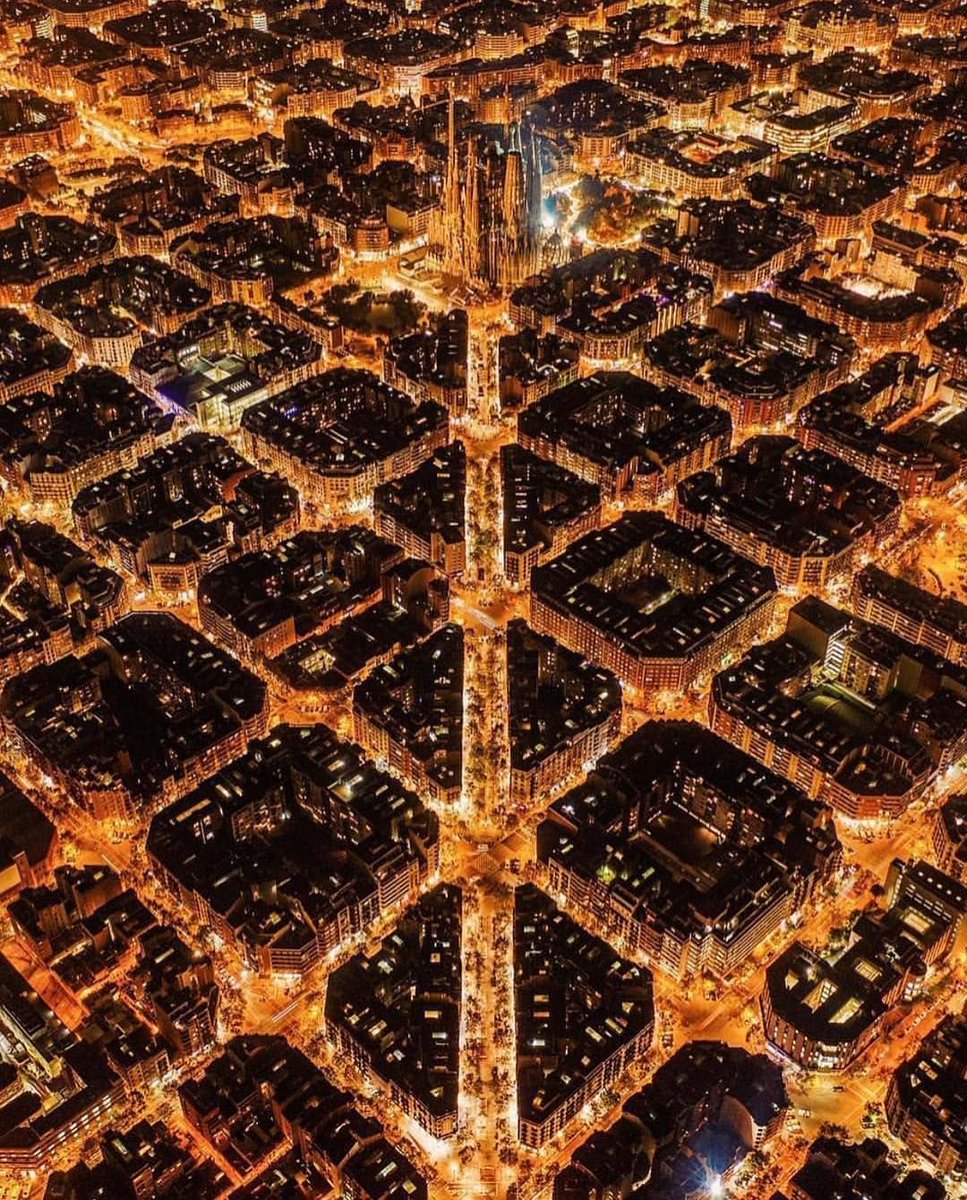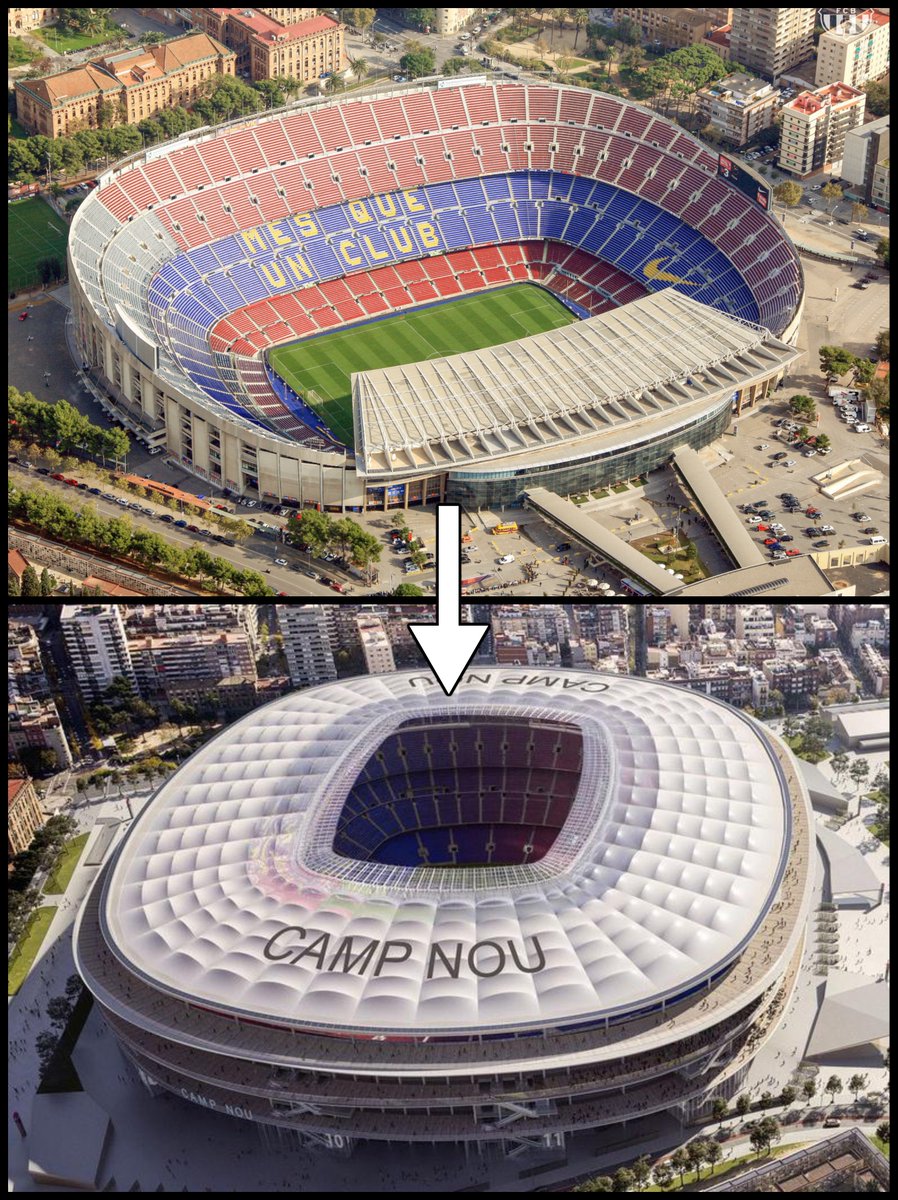1. Maison Saint-Cyr, Brussels, Belgium
Art Nouveau was invented in Belgium — and the Maison Saint-Cyr, designed by Gustave Strauven in 1901, might just have the world's single finest Art Nouveau window.
An elegant shape with flowing lines, floral metalwork, and sumptuous wood.
Art Nouveau was invented in Belgium — and the Maison Saint-Cyr, designed by Gustave Strauven in 1901, might just have the world's single finest Art Nouveau window.
An elegant shape with flowing lines, floral metalwork, and sumptuous wood.

2. Nasir ol-Molk Mosque, Shiraz, Iran
Also known as the Pink Mosque and built in the 1880s, this is perhaps the crowning architectural achievement of the Qajar Dynasty.
It is a kaleidoscope of pattern and light — partly thanks to its technicolour array of stained glass windows.



Also known as the Pink Mosque and built in the 1880s, this is perhaps the crowning architectural achievement of the Qajar Dynasty.
It is a kaleidoscope of pattern and light — partly thanks to its technicolour array of stained glass windows.



3. Notre-Dame de Paris, France
Of the many great rose windows of Medieval cathedrals, that of the north transept at Notre-Dame, built in the 13th century, might just be the best.
A colossal, ever-changing circle of light, illuminating the stories of the Bible and the saints.


Of the many great rose windows of Medieval cathedrals, that of the north transept at Notre-Dame, built in the 13th century, might just be the best.
A colossal, ever-changing circle of light, illuminating the stories of the Bible and the saints.
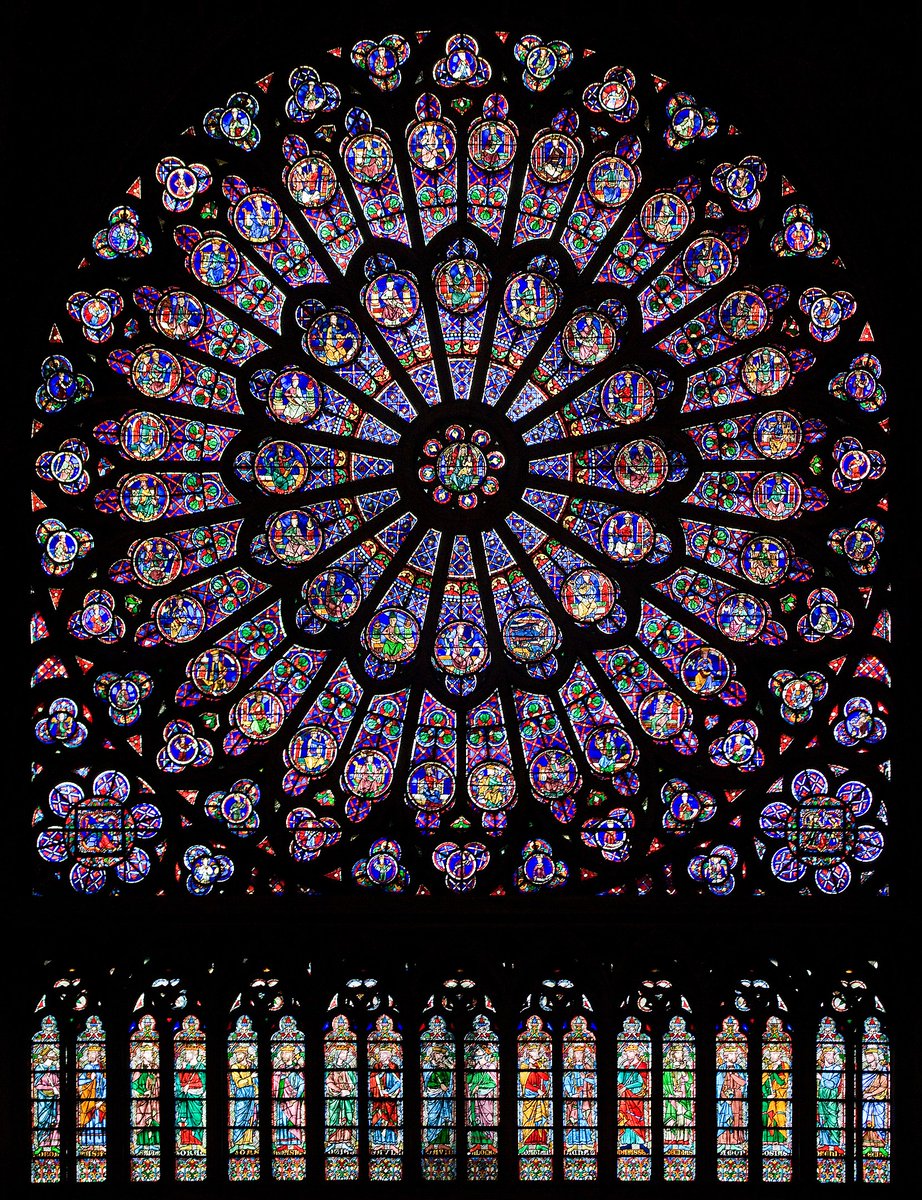

4. Hawa Mahal, Jaipur, India
Built in 1799, this royal palace perfectly exemplifies the sophistication of Rajput architecture.
Its façade has over 900 projecting windows, known as jharokhas, each with a carved stone lattice. Hence it is known as the Palace of the Winds.
Built in 1799, this royal palace perfectly exemplifies the sophistication of Rajput architecture.
Its façade has over 900 projecting windows, known as jharokhas, each with a carved stone lattice. Hence it is known as the Palace of the Winds.

5. Pena Palace, Sintra, Portugal
King Ferdinand II had Pena Palace built in the 19th century as a summer residence; it drew freely on all sorts of architectural styles.
And he designed this window himself in the Manueline style, a version of Gothic unique to Portugal.
King Ferdinand II had Pena Palace built in the 19th century as a summer residence; it drew freely on all sorts of architectural styles.
And he designed this window himself in the Manueline style, a version of Gothic unique to Portugal.
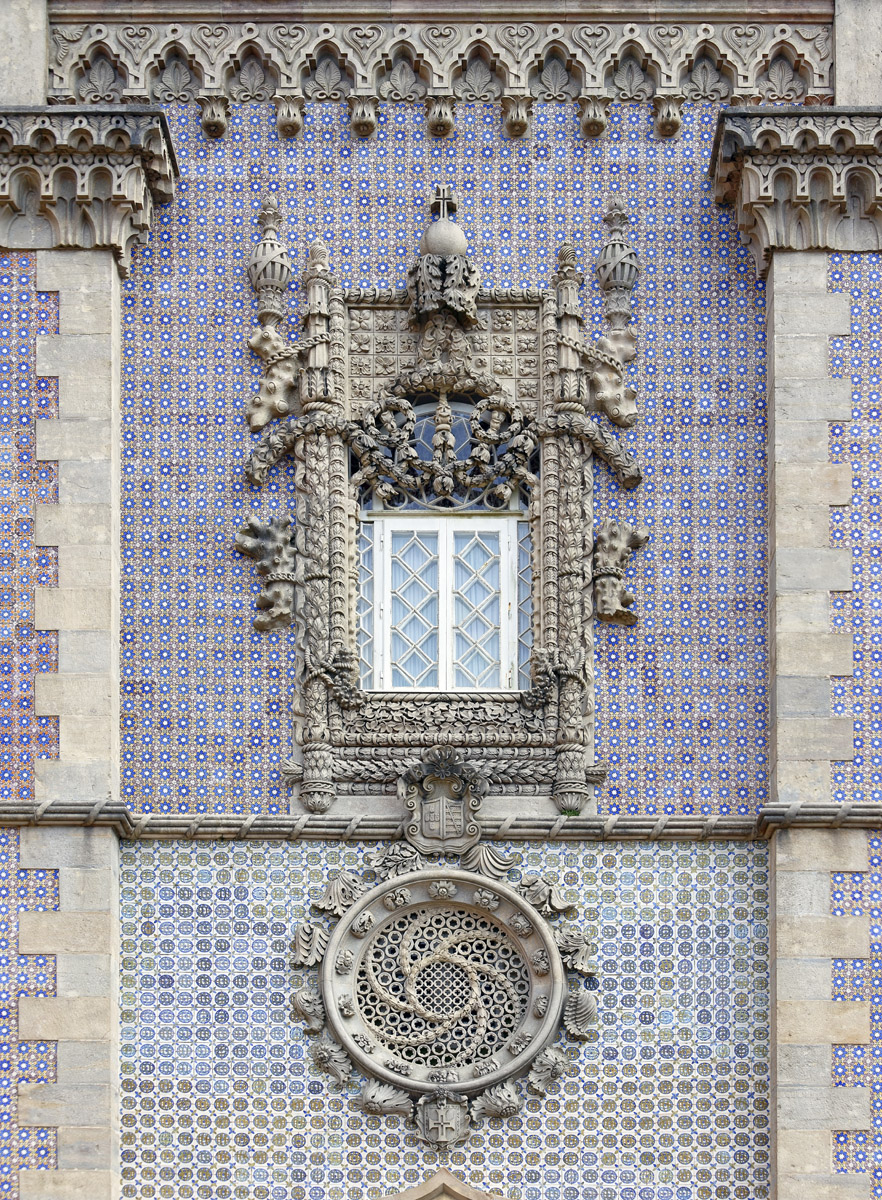
6. Erawan Museum, Samut Prakan, Thailand
Commissioned by the businessman Lek Viriyaphan, who wanted Erawan Museum to revive an interest in Thai culture and history. A colossal elephant statue was part of this project, along with a huge stained glass skylight rich in symbolism.


Commissioned by the businessman Lek Viriyaphan, who wanted Erawan Museum to revive an interest in Thai culture and history. A colossal elephant statue was part of this project, along with a huge stained glass skylight rich in symbolism.


7. St Sebaldus, Nuremberg, Germany
At the unassuming parsonage of the Church of St Sebaldus in Nuremberg there is this astonishing 15th century oriel window, or chörlein in German.
Nuremberg is filled with these projecting Medieval windows, richly sculpted and rather romantic.
At the unassuming parsonage of the Church of St Sebaldus in Nuremberg there is this astonishing 15th century oriel window, or chörlein in German.
Nuremberg is filled with these projecting Medieval windows, richly sculpted and rather romantic.
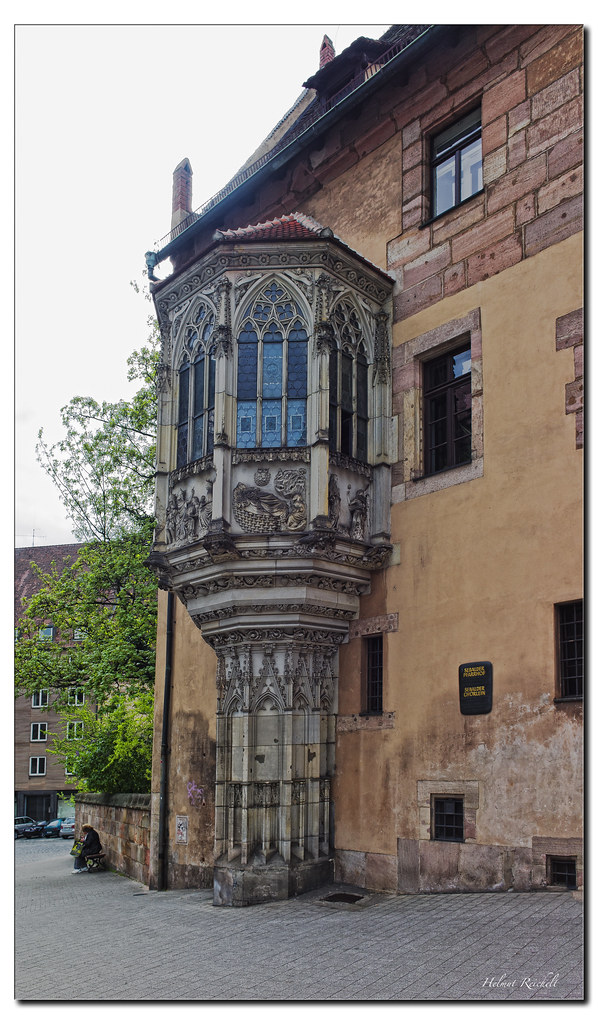
8. Sidi Saiyyed Mosque, Ahmedabad, India
The "jali" is an intricately carved screen. They aren't only decorative — those small perforations cool the air as it passes through — but they were often designed in beautiful, symbolic shapes, as at the 16th century Sidi Saiyyed Mosque.
The "jali" is an intricately carved screen. They aren't only decorative — those small perforations cool the air as it passes through — but they were often designed in beautiful, symbolic shapes, as at the 16th century Sidi Saiyyed Mosque.

9. Gran Hotel Ciudad de México, Mexico
Built at the beginning of the 20th century, this was one of Mexico's first department stores.
Its outside is neoclassical, but it has a lavish Art Nouveau interior dominated by Jacques Grüber's huge skylight-ceiling, installed in 1918.
Built at the beginning of the 20th century, this was one of Mexico's first department stores.
Its outside is neoclassical, but it has a lavish Art Nouveau interior dominated by Jacques Grüber's huge skylight-ceiling, installed in 1918.
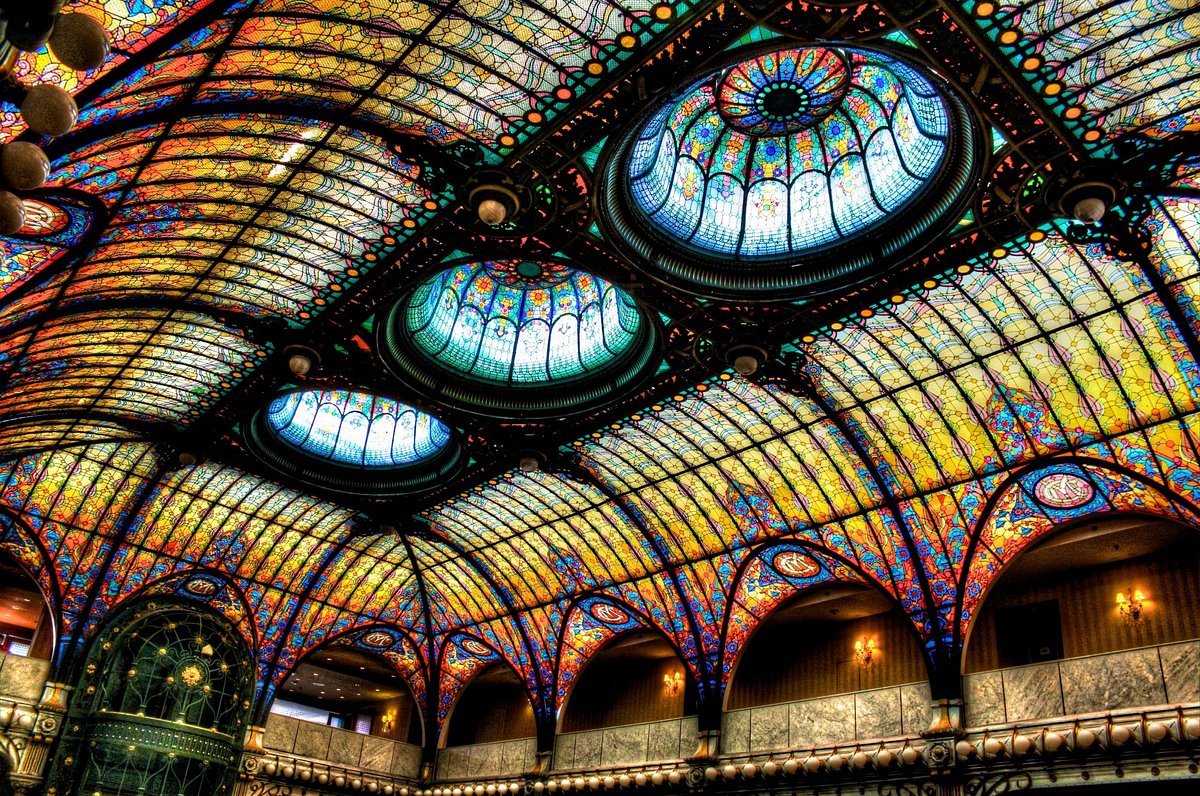
10. St. Joseph's Church, Le Havre, France
Whether it is beautiful depends on your taste, but this is certainly one of the world's most unusual windows.
A mid-20th century tower which appears to be concrete is actually filled with glass blocks hand-made by Marguerite Huré.


Whether it is beautiful depends on your taste, but this is certainly one of the world's most unusual windows.
A mid-20th century tower which appears to be concrete is actually filled with glass blocks hand-made by Marguerite Huré.
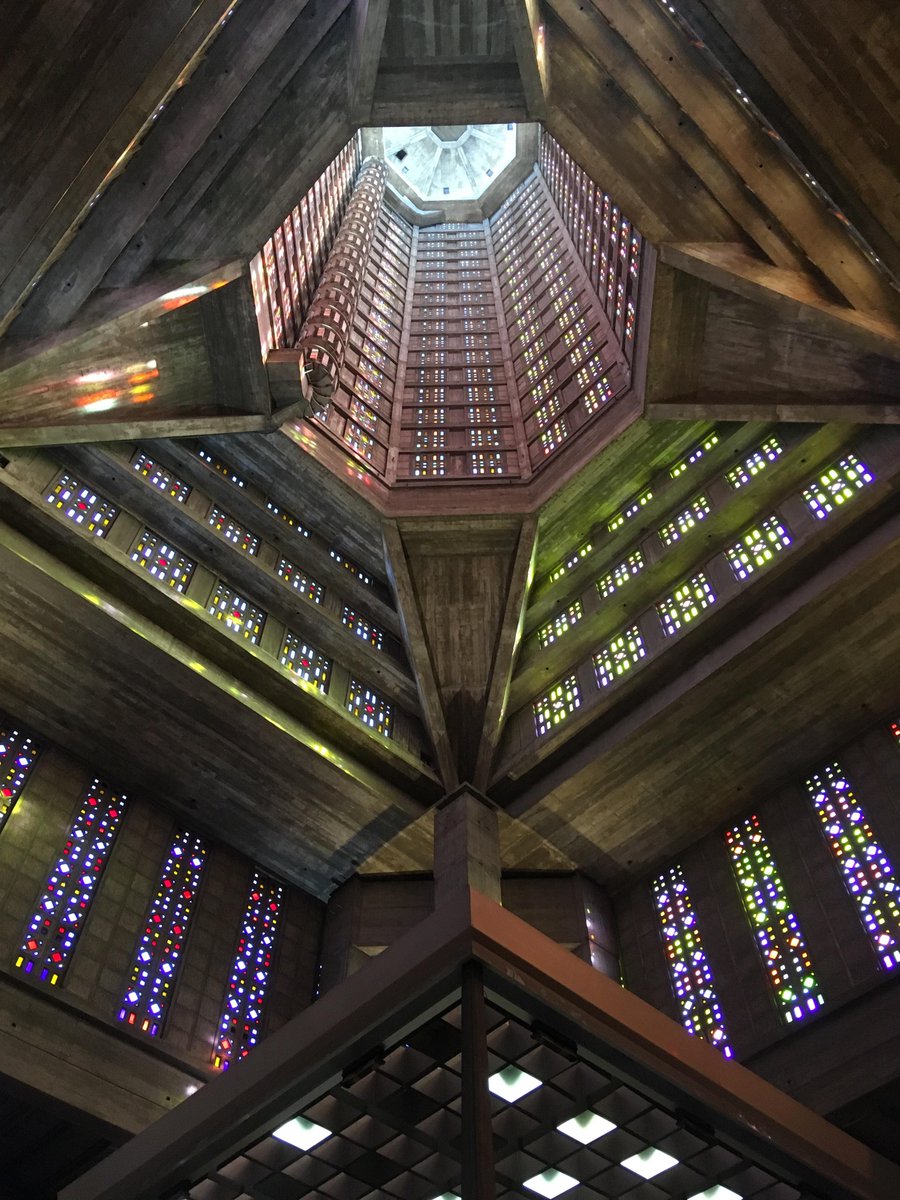

11. Casa Batlló, Barcelona
Antoni Gaudí is most famous for the Sagrada Familia, but he designed several other masterpieces, always with an eye for the smallest details, even windows.
Here, as elsewhere, Gaudí revelled in bringing stone to life with curving organic forms.
Antoni Gaudí is most famous for the Sagrada Familia, but he designed several other masterpieces, always with an eye for the smallest details, even windows.
Here, as elsewhere, Gaudí revelled in bringing stone to life with curving organic forms.

12. Beinecke Rare Book & Manuscript Library, New Haven, USA
A clever architectural triumph from 1963. These "windows" are not made from glass in order to protect the rare books from sunlight; they are translucent slabs of onyx which glow with a gentle, fiery gold during the day.


A clever architectural triumph from 1963. These "windows" are not made from glass in order to protect the rare books from sunlight; they are translucent slabs of onyx which glow with a gentle, fiery gold during the day.


13. Ajitanatha Jain Temple, Gujarat, India
Another masterpiece of Medieval Indian architecture which dates back to the 12th century. Here the windows are essentially hidden within the overall design — but, look closely and you'll see the shadows of an elaborate stone window.


Another masterpiece of Medieval Indian architecture which dates back to the 12th century. Here the windows are essentially hidden within the overall design — but, look closely and you'll see the shadows of an elaborate stone window.


14. Sainte-Chapelle, Paris, France
This building somehow survived the ravages of centuries of revolution and war — these walls of stained glass, created in the 1200s, are still almost entirely original.
Perhaps the crowning achievement of all Medieval European stained glass.
This building somehow survived the ravages of centuries of revolution and war — these walls of stained glass, created in the 1200s, are still almost entirely original.
Perhaps the crowning achievement of all Medieval European stained glass.
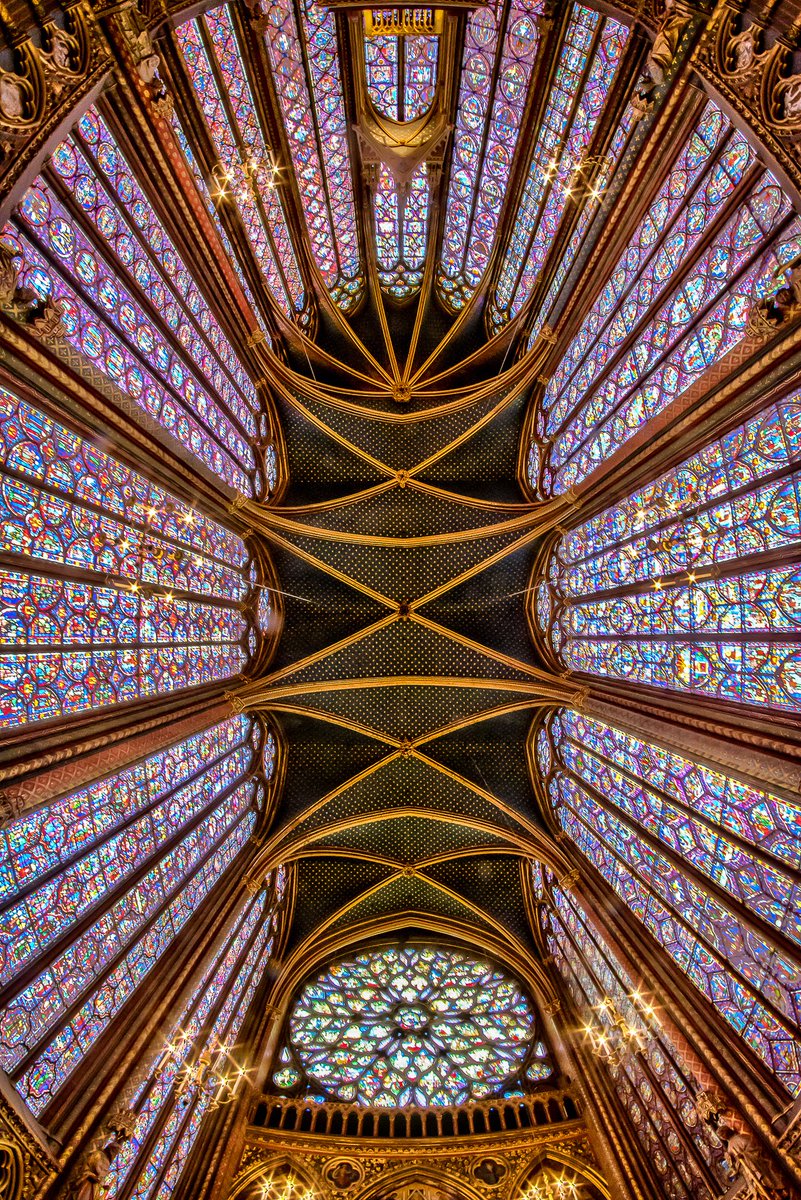
• • •
Missing some Tweet in this thread? You can try to
force a refresh


















